almond milk for toddlers pros and cons
 Pros and cons of dairy and vegan milks | Daily Mail Online
Pros and cons of dairy and vegan milks | Daily Mail OnlineMilk: Almond, Milk, Soy, Arroz and Coco We include products that we believe are useful to our readers. If you buy through links on this page, we can win a small commission. Not long ago, the only thing you could expect to drown your cereal was the whole cow milk. Now, cow's milk comes in all kinds of varieties: whole milk, 2 percent, 1 percent, squim (no fat), and even lactose-free milk. For people with dietary or allergy concerns, there are also alternatives to cow's milk. Almond, soy, rice and coconut "milk" are milk alternatives based on popular plants. They are increasingly available in stores across the United States. There are other cow milk alternatives such as or may be another good choice for some people. Each type of milk has its advantages and disadvantages, depending on diet, health, nutritional needs or preferences of personal taste. For example, some people may be intolerant to dairy milk and may need to choose a plant-based alternative. Alternatively, those who may need to increase their calorie and nutrient intake may opt for whole milk, which is a concentrated source of protein, fat, and calories. However, whole milks such as whole dairy milk and full fat coconut milk are rich in fats and calories, which should be taken into account if you are looking for a lower calorie drink. The whole milk of cow contains more calories and any other milk, apart from goat milk. Look at the differences in these popular types of milk to determine what best suits your needs. With all varieties, choose the versions without a case. Milk and milk alternatives can double your amount of sugar if sweetened with added sugars. g0 sugar g0 g0 g0 g0 g0 g0 g0 g0 g0 g0 g0 g0 g0 g0 milk (total) One cup contains over: None of the natural components of milk are eliminated. As you can see, whole milk is high in natural proteins, fat and . Milk sold in the United States is usually fortified with vitamin A and , too. Another cow's milk has the same amount of carbohydrates and proteins, with some or all fats extracted. While the whole milk has 150 calories in one cup, 1 percent of the milk has 110 calories, and the unborn milk has only 80 calories. Fat-free milk is significantly lower in calories than whole milk. However, fat removal decreases the amount of certain nutrients in the milk, including vitamins E and K., is processed to decompose lactose, a natural sugar found in dairy products. Lactose-free milk is also a good source of proteins, calcium, vitamins and minerals. The total and saturated content of lactose-free milk fat varies, as it comes in 2 percent, 1 percent, and fat-free varieties. Cow milk Pros Cow milk is made of almonds and filtered water. It can also contain starch and thickeners to improve its consistency and useful life. Allergy people to almonds or nuts should avoid almond milk. Almond milk is usually lower in calories than other milks, as long as it is not dirty. It is also free from saturated fat and is naturally lactose free. Per cup, sugar-free almond milk has: Although almonds are a good source of protein, almond milk is not. Almond milk is not also a good source of calcium. However, many brands of almond milk are supplemented with calcium, vitamin A and vitamin D.Pros of almond milkCons of almond milk is made of soy and filtered water. Like other plant-based milk alternatives, it can contain thickeners to improve the consistency and useful life of the shelf. A cup of sugar-free soy milk has: Because it comes from plants, soy milk is naturally cholesterol-free and low in saturated fat. It also does not contain lactose. Soybean and soy milk are a good source of protein, calcium (when fortified) and . Soy milk Pros Soy milk cons is made of ground rice and water. As with other alternative milks, it often contains additives to improve the consistency and stability of the shelf. It is the least chance that all dairy products will cause allergies. That makes it a good choice for people with or allergies to , , or .The rice milk contains the most carbohydrates per cup, providing around: While rice milk can be fortified with calcium and vitamin D, it is not a natural source of either one, as well as soy milk and almond. Rice has also been shown to have higher levels of . Recommendations do not depend exclusively on rice and rice products, especially for infants, children and pregnant women. The position is similar, which suggests focusing on a variety of foods and avoiding depending on rice or rice products. Pros of rice milk The rice milk cons is made of filtered water and coconut cream, which is made of ripened coconut meat. Despite its name, coconut is not really a walnut, so people with nut allergies should be able to have it safely. Coconut milk is called more accurately as a "coconut milk drink" because it is a more diluted product than the type of coconut milk used in the kitchen, which is usually sold in cans. As with other alternatives to vegetable milk, coconut milk usually contains added thickeners and other ingredients. Coconut milk contains more fat than other alternatives to milk. Each cup of sugar-free coconut milk contains: Coconut milk does not naturally contain calcium, vitamin A or vitamin D. However, it can be fortified with these nutrients. Coconut milk Pros Coconut milk Cons Last medical review on March 5, 2020Read this following

Almond milk for babies: Is it safe?
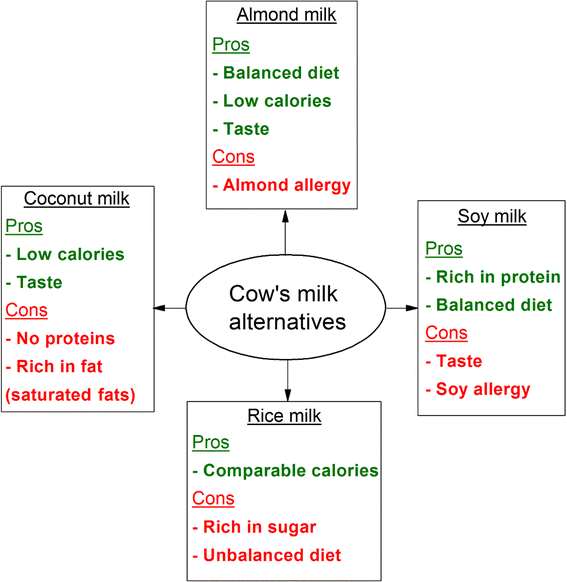
Study: How Nutritious is Your Milk Alternative? | SnackSafely.com
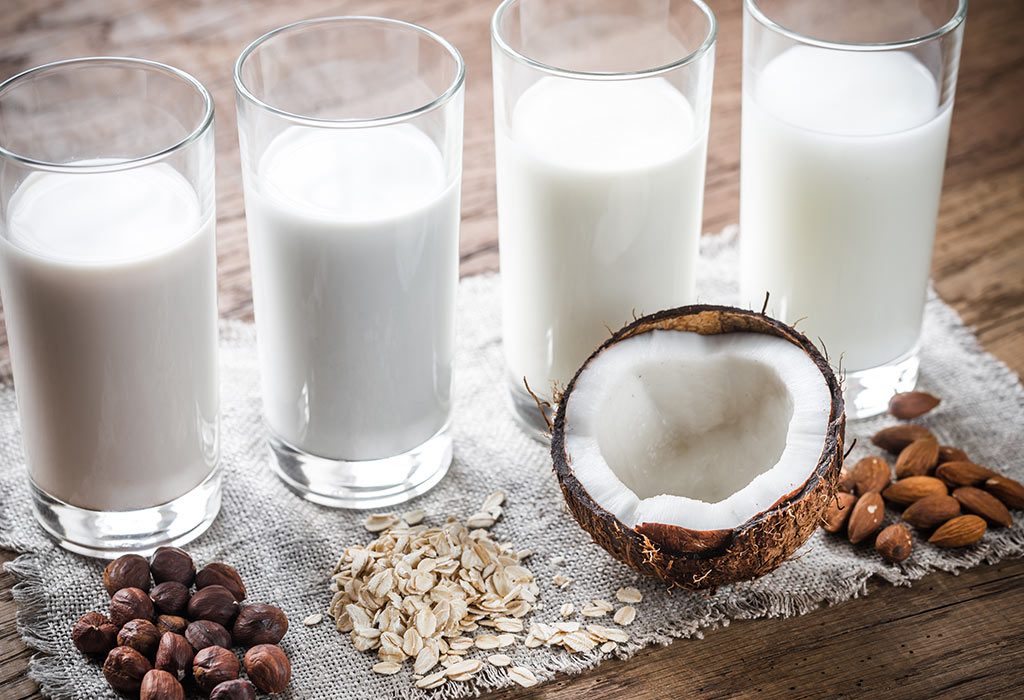
Milk Alternatives for Toddlers - Are They Safe?
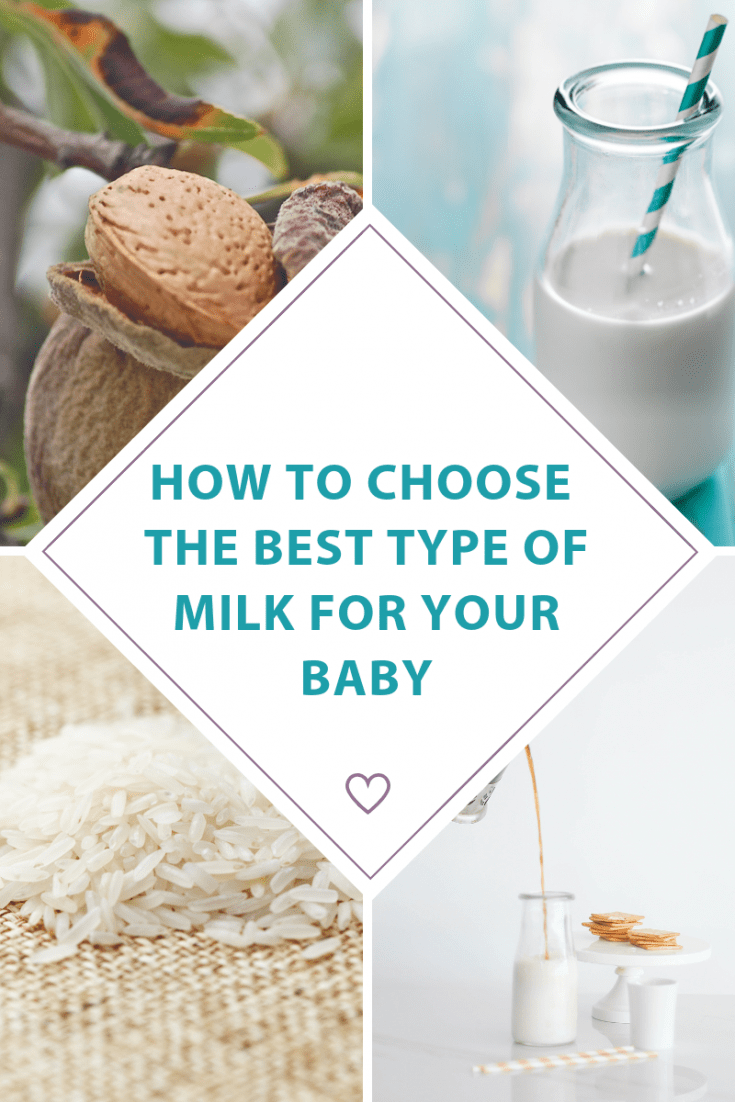
How to choose the best type of milk for your baby & toddler - My Little Eater - Feel confident raising healthy little eaters

Pros and Cons of Almond Milk / Nutrition / Healthy Eating

Non-Dairy Milk Alternatives for Toddlers - Eczema Mama
Dairy-free 101: Pros and Cons of Common Milk Alternatives | Living to Smile
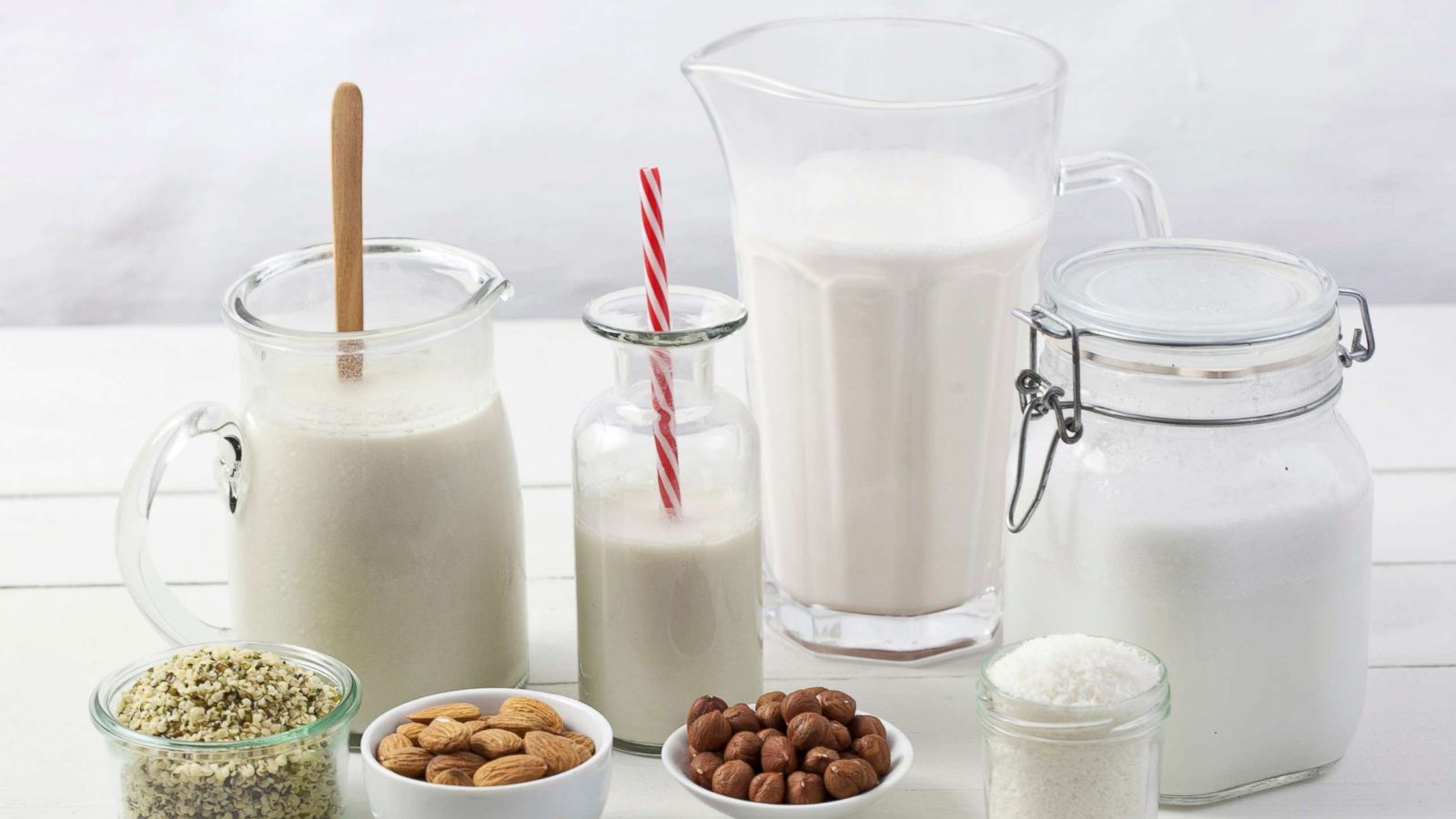
Pros and cons of plant-based milks: Is a plant-based milk right for you? | GMA
Milk Alternatives for Toddlers - Are They Safe?
Milk Alternatives for Toddlers - Are They Safe?
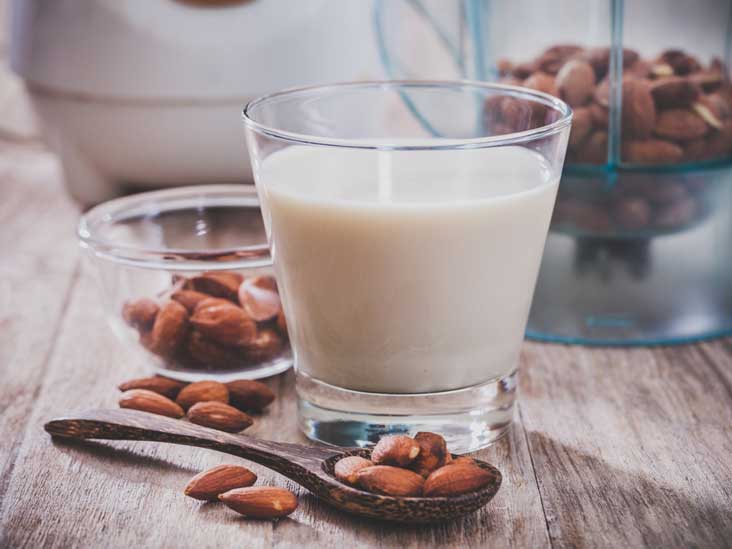
9 Science-Based Health Benefits of Almond Milk

Do Kids *Really* Need Milk? These Are The Pros & Cons

What You Need to Know When Choosing Milk and Milk Alternatives – Health Essentials from Cleveland Clinic

Soy As A Milk Alternative: Pros And Cons Of Using Plant-Based Milks | theAsianparent
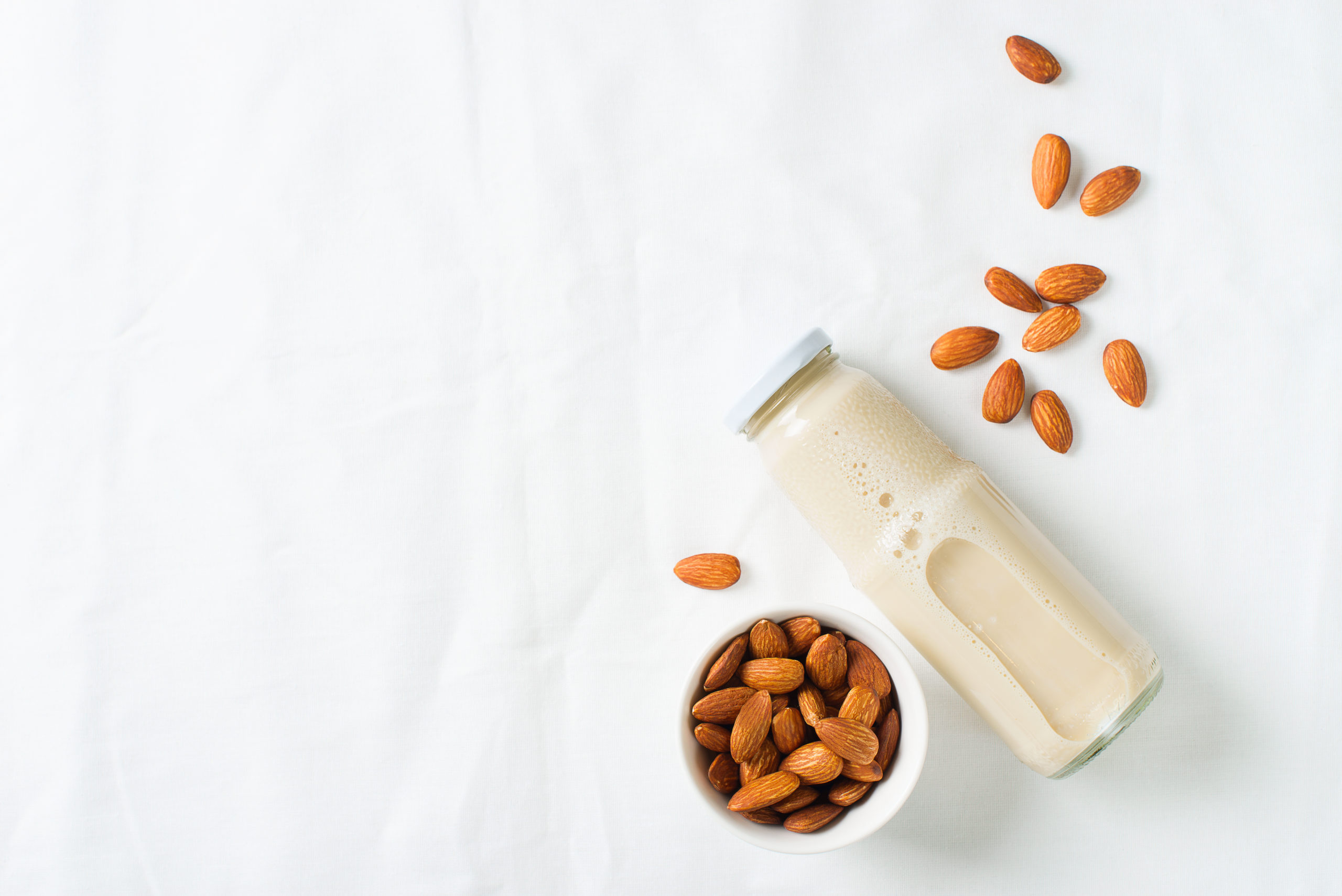
Healthy Debate: Almond Milk Vs. Dairy Milk | Anytime Fitness
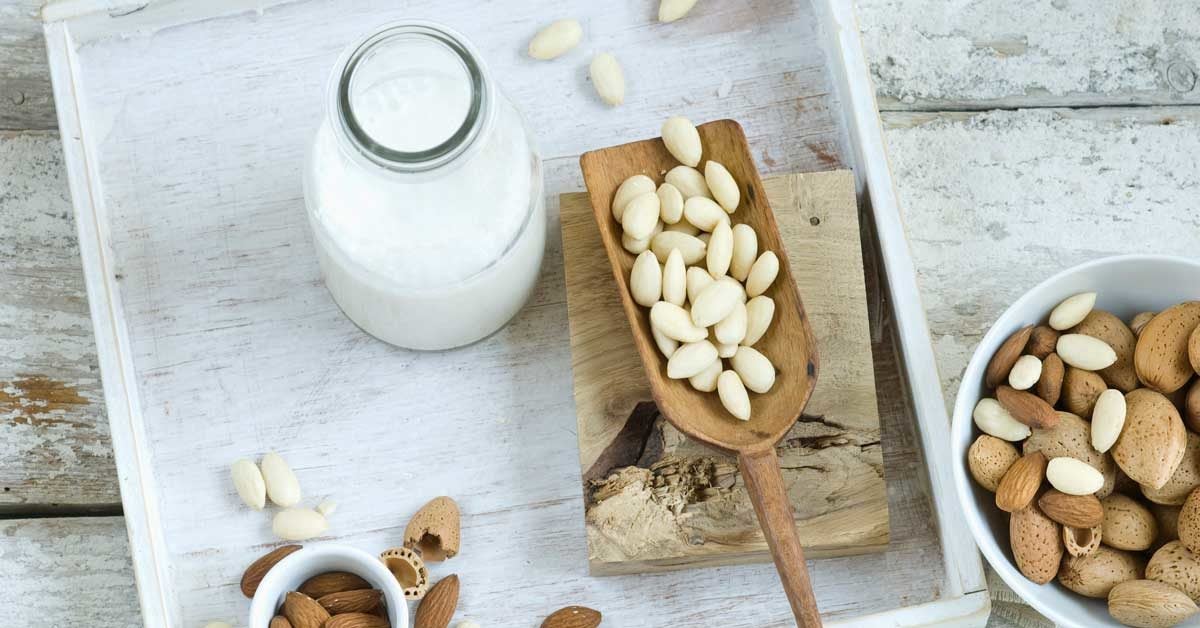
Is Almond Milk Healthy? Nutrition, Benefits, and Downsides

Milk or Alternatives for Toddlers | Happy Family Organics

Soy milk vs almond milk: what are the pros and cons? Both are vegetarian and vegan-friendly. Both are lactose free and… | Soy milk benefits, Soy milk, Milk benefits

From Skim to Soy to…Pea Milk? A Guide to Milk Alternatives - Béaba USA

Product Snapshot - almond milk pros and cons - Catherine Saxelby's Foodwatch

6 Alternatives to Milk: Which Is the Healthiest? - EcoWatch
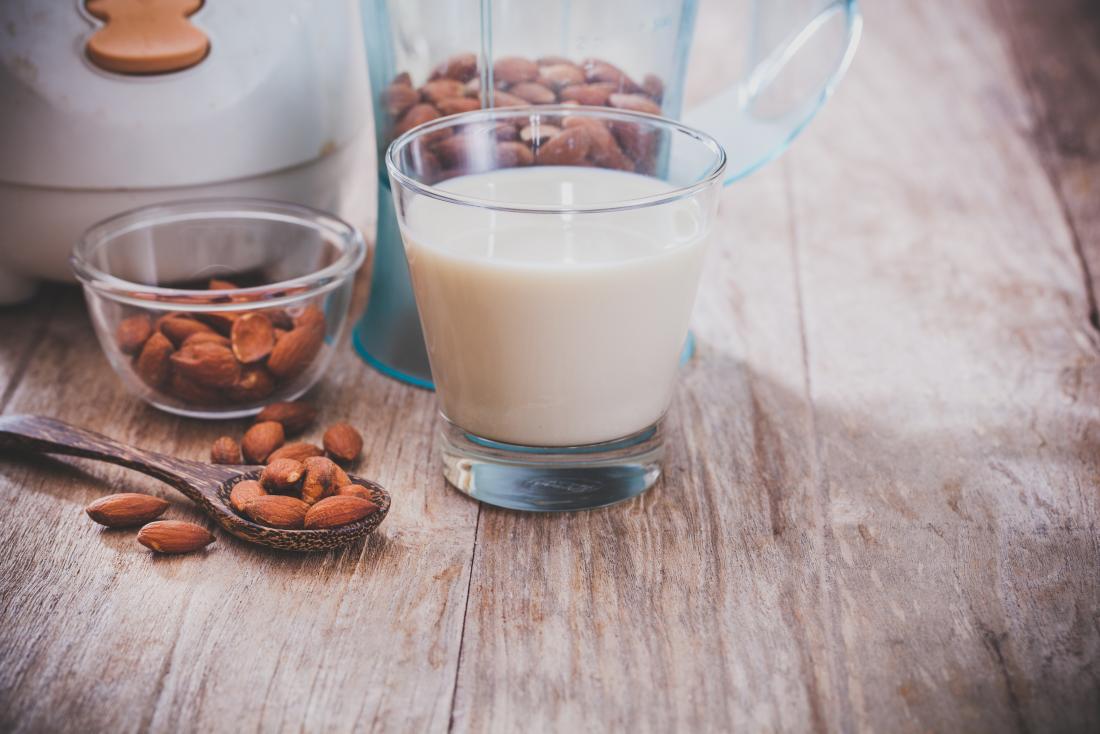
Almond milk vs. soy milk: Which is best?
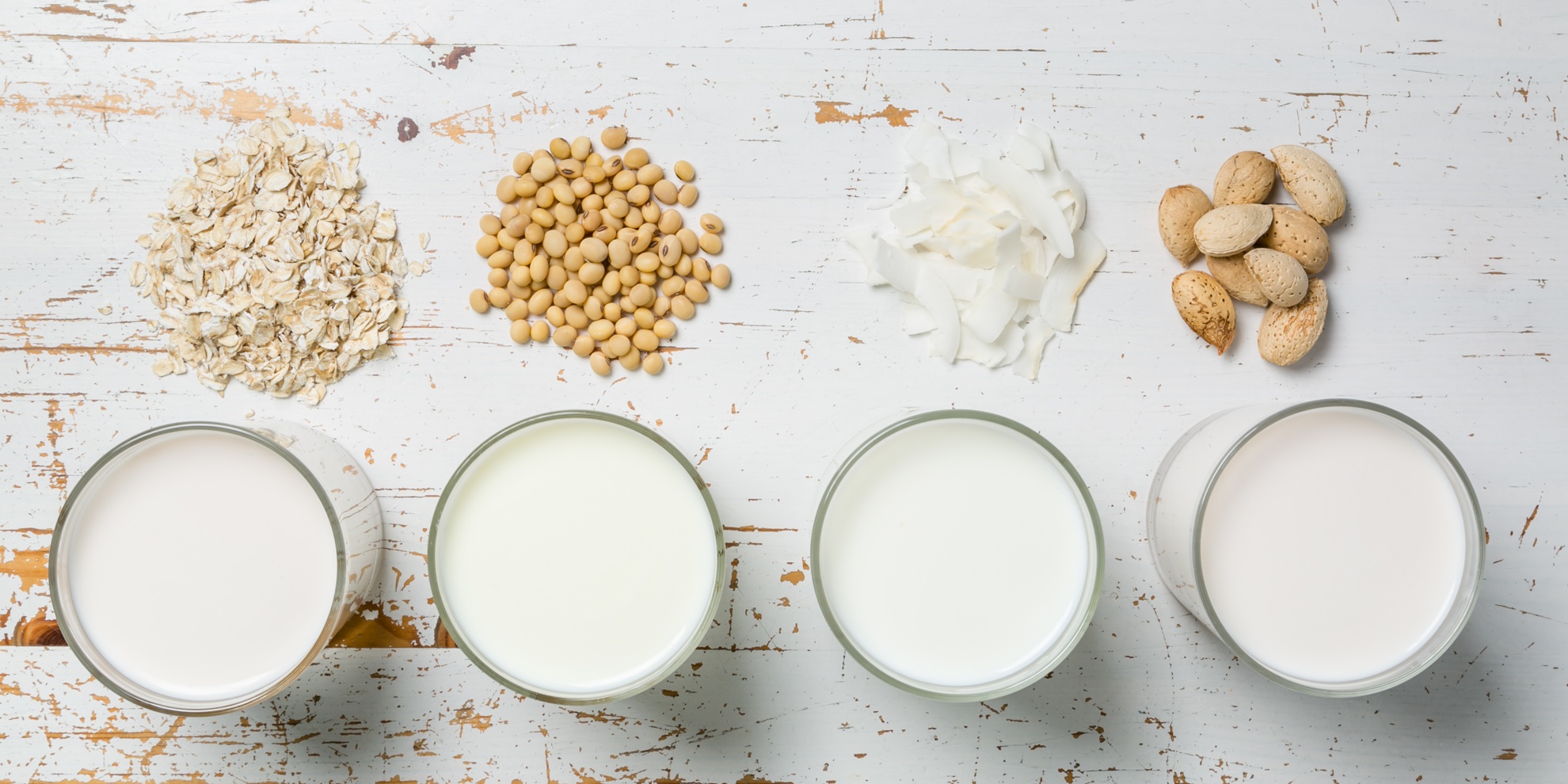
How much calcium is in milk? The most popular milk types compared!

Skim milk vs almond milk: Which is healthier?

9 Amazing Benefits Of Having Almond Milk During Pregnancy
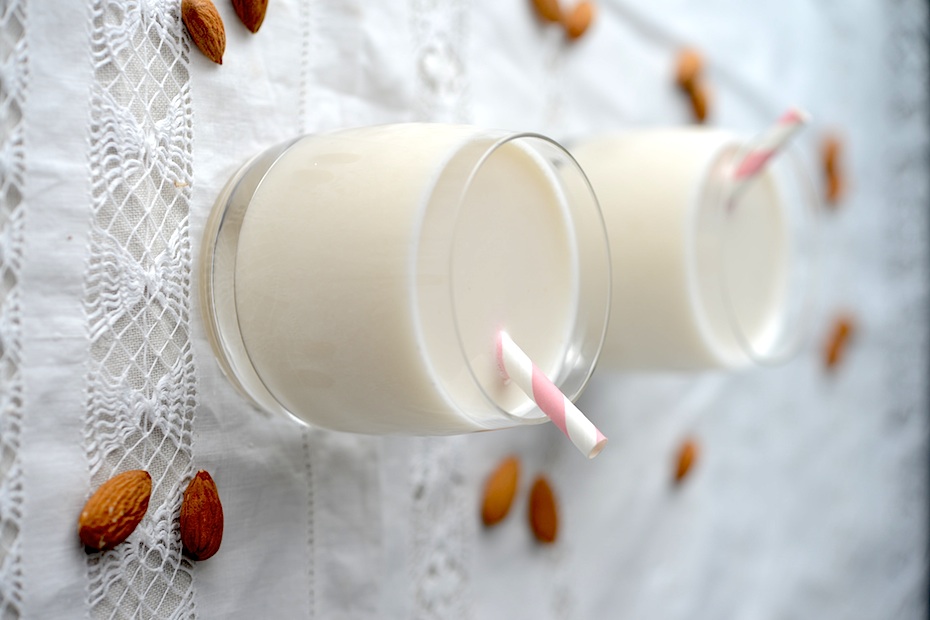
Almond milk - Wikipedia
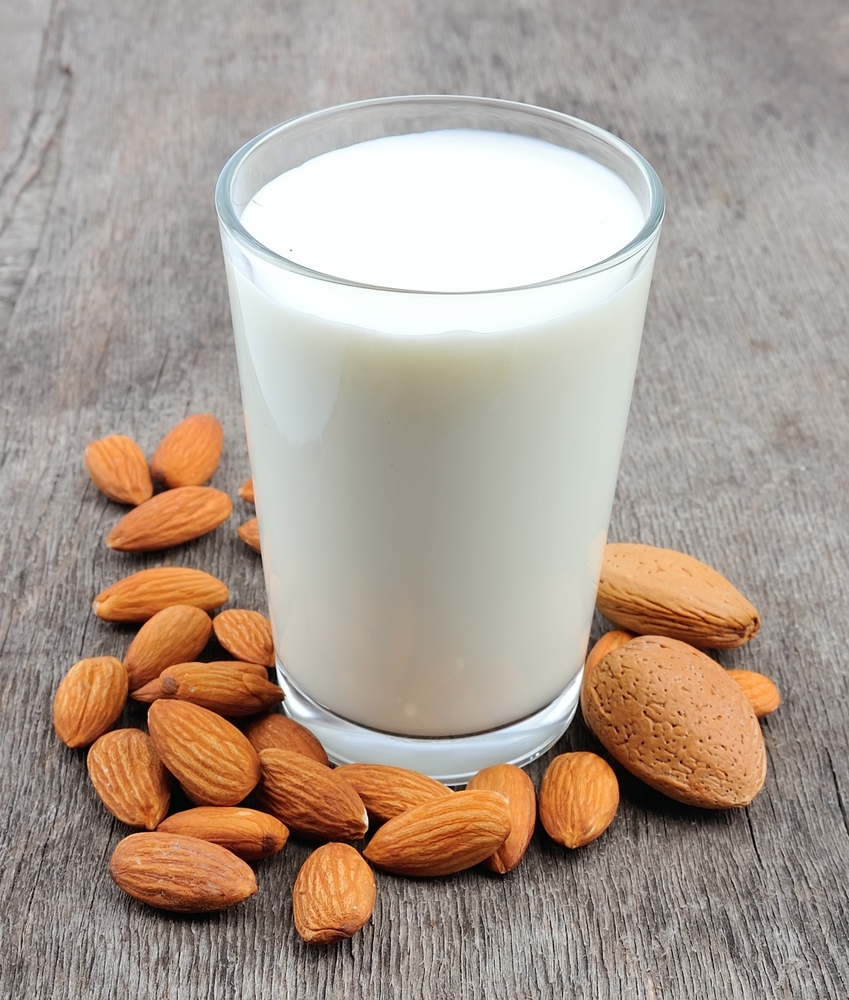
Product Snapshot - almond milk pros and cons - Catherine Saxelby's Foodwatch
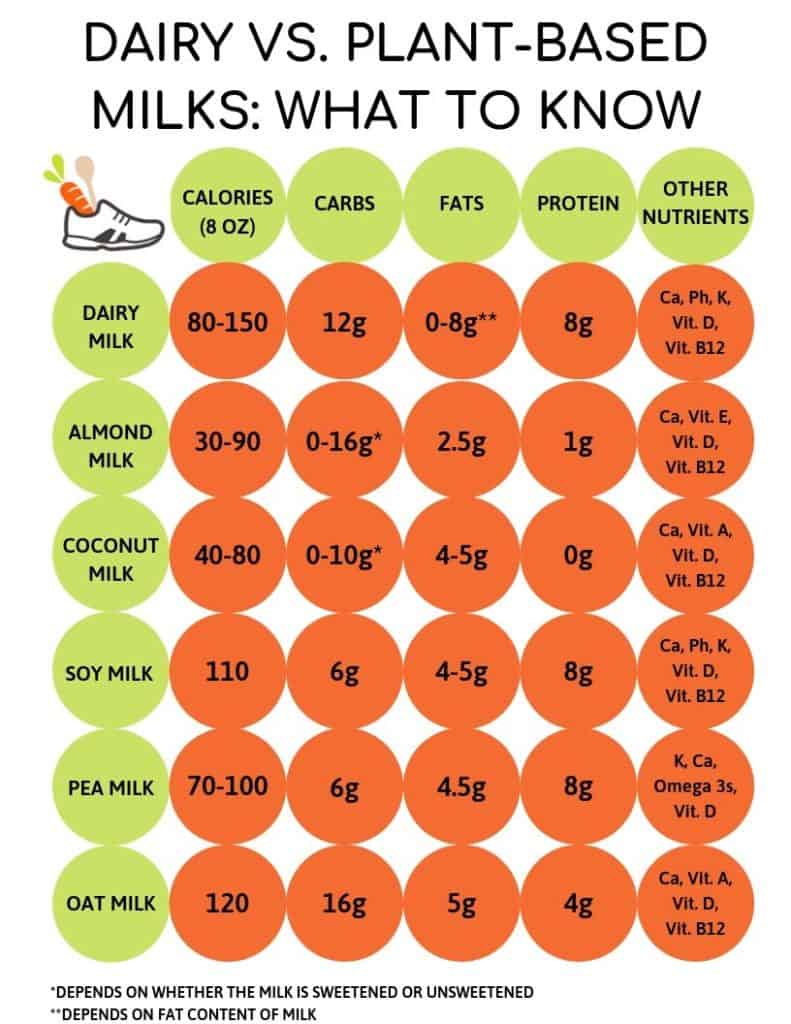
What Milk to Choose? Dairy Alternatives Vs Dairy Milk Nutrition

THE PROS AND CONS OF SOY MILK | My Child Magazine

Coconut Milk, Almond Milk or Soy Milk?
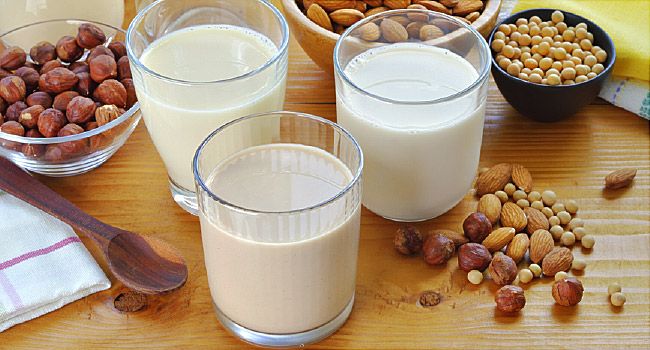
Cow, Soy or Almond: Which 'Milk' Is Best for You?

Cows Milk vs Almond Milk - Hot Topics | Forums | What to Expect

We explain the pros and cons of dairy and vegan milks | | Express Digest

Almond Milk: What Is It and Is It Good for You? / Nutrition / Healthy Eating
Milk Alternatives for Toddlers - Are They Safe?
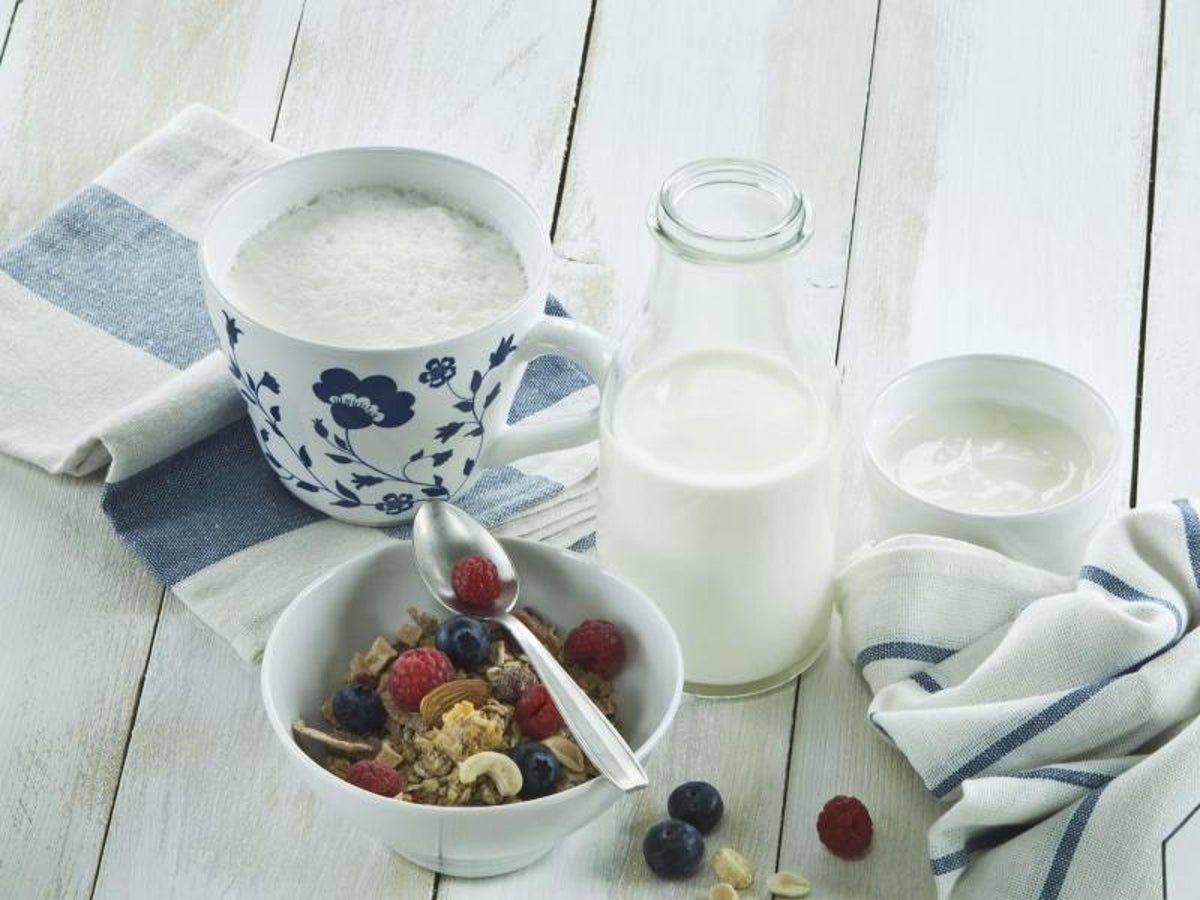
Are milk alternatives like soy and almond really better than cow's milk? | The Independent | The Independent
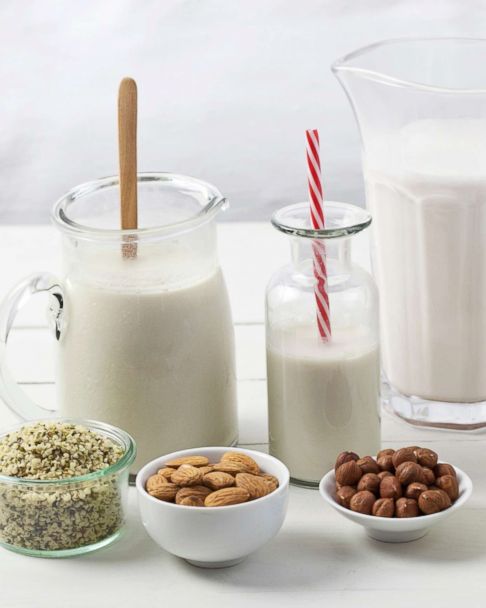
Pros and cons of plant-based milks: Is a plant-based milk right for you? | GMA
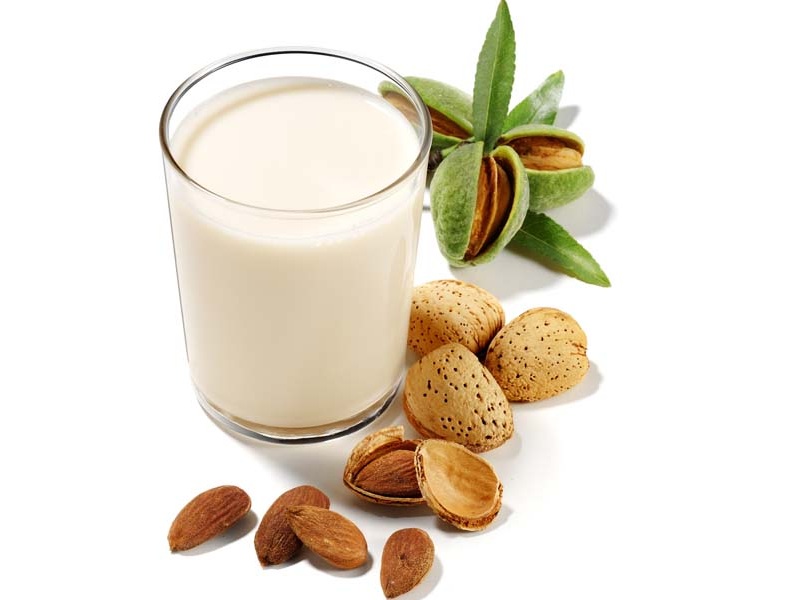
21 Science Proven Benefits Of Almond Milk for Skin, Hair & Health
Dairy-free 101: Pros and Cons of Common Milk Alternatives | Living to Smile

Is Cow or Nut Milk Better for You?
Posting Komentar untuk "almond milk for toddlers pros and cons"